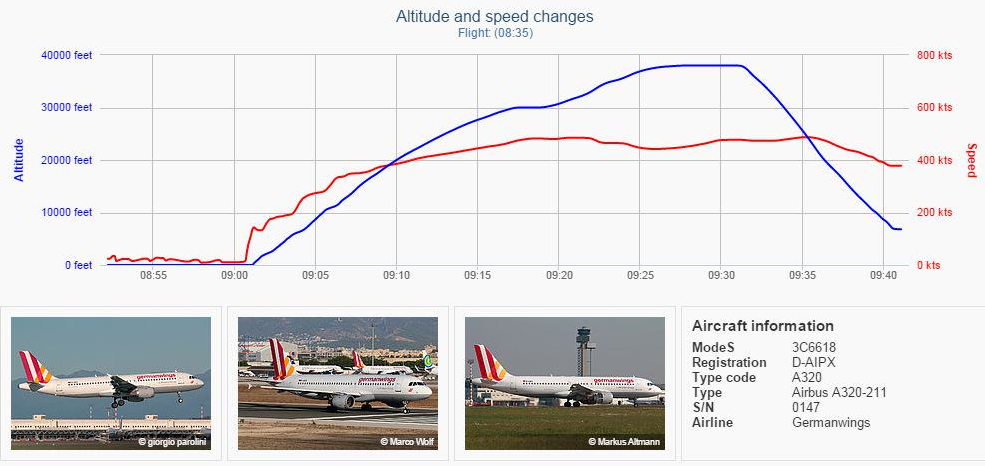friendly_jacek
Thread starter
Originally Posted By: Astro14
Your conveniently ignoring this point: The flight crew managed to regain full control and the flight landed uneventfully.
well, some lesser trained crew don't manage. to recover from that particular glitch the crew had to shot down TWO (2) Air Data Reference Units and keep only one operational. to me flying airbus is more about troubleshooting computers than actually controlling a plane.
Quote:
the loss of altitude had been caused by two angle of attack sensors having frozen in their positions during climb at an angle, that caused the fly by wire protection to assume, the aircraft entered a stall while it climbed through FL310. The Alpha Protection activated forcing the aircraft to pitch down, which could not be corrected even by full back stick input. The crew eventually disconnected the related Air Data Units and was able to recover the aircraft.
http://avherald.com/h?article=47d74074
Your conveniently ignoring this point: The flight crew managed to regain full control and the flight landed uneventfully.
well, some lesser trained crew don't manage. to recover from that particular glitch the crew had to shot down TWO (2) Air Data Reference Units and keep only one operational. to me flying airbus is more about troubleshooting computers than actually controlling a plane.
Quote:
the loss of altitude had been caused by two angle of attack sensors having frozen in their positions during climb at an angle, that caused the fly by wire protection to assume, the aircraft entered a stall while it climbed through FL310. The Alpha Protection activated forcing the aircraft to pitch down, which could not be corrected even by full back stick input. The crew eventually disconnected the related Air Data Units and was able to recover the aircraft.
http://avherald.com/h?article=47d74074

